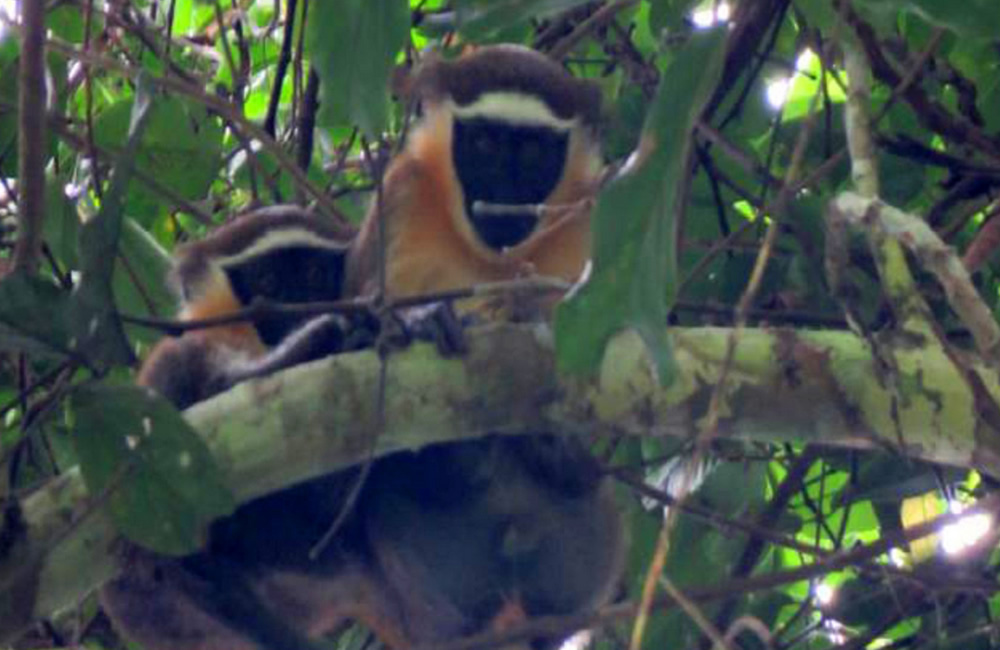If you happen to go on a primate safari in the Democratic Republic of Congo, be sure to meet exceptional wildlife species not found in other African countries, and the Dryas monkeys are one of them.
Also referred as Salonga monkeys, the Dryas monkeys are scientifically known as Cercopithecus dryas and are interestingly one of the less- known species of the guenon that inhabit only areas of the Congo Basin, confined to the left banks of the Congo River Basin.
It is now clear that these primates classified as Cercopithecus Salonga (with the common name being Zaire Diana monkeys) was actually the Dryas monkeys. However, some older records still indicate that Dryas monkeys are sub-species of the Diana monkeys thus categorize it as C.diana dryas yet geographically isolated from any recognized Diana monkey population.
These species of primates mainly occupy areas with secondary forests but are also found within the marshlands, river and lowland areas of the Congo Basin.
The lifespan of the Dryas monkeys is 10 to 15 years in the wild and there are no populations of these primates in captivity.
Dryas monkeys are categorized under IUCN’s Red List of Critically Endangered Species. Whereas data on these primates had been considered deficient, records show that they are very rare with their total population being fewer than 200 individuals.
These primates exhibit sexual dimorphism. An adult male Dryas monkey is characterized by black muzzle, short and white facial beards while the dorsal surface of their bodies along with their coronal crowns are grayish chestnut in color. Matured females and offsprings usually exhibit smaller parts of their bodies that are white in color, which are not present around their buttocks as well as shoulder areas. Not only that, the upper parts of their arms are relatively lighter in color compared to the ones of the male counterparts.
These monkey species also have white colors on the ventral sides of their bodies, tails and bottom potions of their limbs as well as buttocks. Not only that, the upper part of their limbs have a similar color to the rest of the body parts being dark- grey or black-brown color.
Dryas monkeys are very social primates that live in groups of either their own species or mixed with other species of primates. Groups/troops are normally made up of three to thirty members including females, several offsprings and only one adult male.
Their bodies measure from 40 to 55 centimeters and 50 to 75 centimeters with the tails. Not only that, adult males weigh from four to seven kilograms while the females are always half of that in terms of weight.
They are mainly herbivores that consume mostly fruits, flowers and young leaves. However, due to the seasonality of their vegetarian diet, they can also feed on invertebrates, especially insects.
Dryas monkeys use both oral and visual communication when interacting with fellow Dryas monkeys or other primate species. They sometimes use staring, especially to threaten their enemies.
Their gestational period is five months, after which a single offspring is born and reaches sexual maturity after three years of life.

Leave a Reply